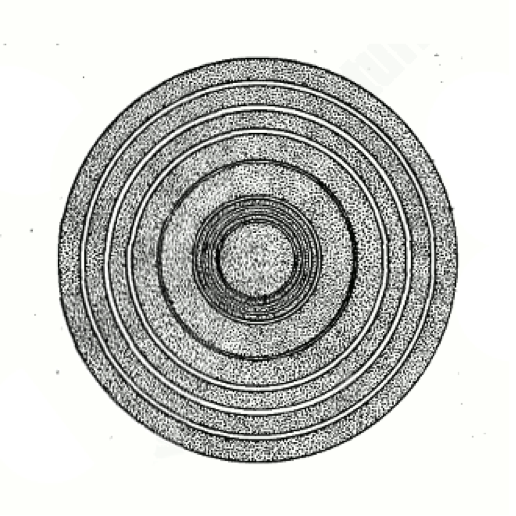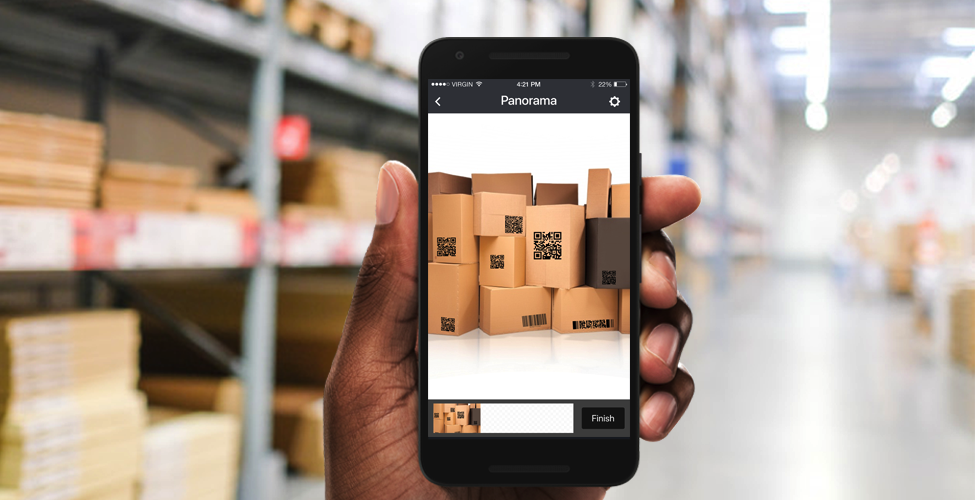The Last One Percent – Barcode Technology's Long-Standing Big Hurdle
The barcode. It’s been around for decades and while some might call it old technology, the industry continues with innovations that allow it to endure and enjoy growing market adoption. But, even with such extensive maturity in barcode technology, is there is still room for improvement?
A Brief History of the Barcode
The technology is used millions of times daily across industries that include finance, government, healthcare, retail, transportation, and many more. It’s been in common use since the 1970s. Barcode technology is considered very reliable by most experts, providing around a 99 percent scan success rate in ideal scenarios.
According to Smithsonian, the first commercial use of a barcode occurred in June of 1974 at an Ohio supermarket. This moment began what is today a long history for the technology. Also according to Smithsonian, the initial technology involved a design as large as a desk. Today, we walk around with barcode scanners in our pockets – the smartphone.
The Invention
Joe Woodland first began development of the idea for a barcode around 1949. It wasn’t until more than a decade later, in 1960, that the development of laser technology would help bolster barcode technology adoption. Arguably, the first successful barcode design to be read, or scanned, had a bullseye-style design. There were many rings inside of rings.


Illustrations of the Old Bullseye-Style Barcode
Around this time, there was an Ad Hoc Committee of the Universal Product Identification Code. They were representatives of the grocery trade tasked with creating the Universal Product Code (UPC), or the first standardized barcode. This was to define a bar code that could be used for goods sold in supermarkets. It was years later, in 1973, that a rectangular-like bar code was selected as the first UPC.
The technology started to really take off in the 1980s and arguably has not stopped. Also, according to Smithsonian, in 2004, Fortune magazine estimated that the bar code was used by 80 to 90 percent of the top 500 companies in the us. Barcode market maturity had arrived.
Barcode technology is expected to continue to see market growth. By one estimate, the global barcode scanner market is estimated to grow at a substantial CAGR of six percent by 2022. Another market estimate states around a four percent CAGR growth from 2017 to 2021, creating a value of $6.3 billion for the global barcode scanner market.
Barcode Technology Reliance
One of the largest uses for barcodes, if not thee largest, is for inventory management. Inventory management spans many industries. It can used to track and restock goods, be it a carrot or television. In healthcare, it can be used to inventory and track pharmaceuticals, while in an enterprise it can be used to track how many laptops an organization has and where they are.
Warehousing is one area that continues to invest in technology to automate processes. SkuNexus uncovered that 66 percent of retailers will have made a significant investment in warehouse and inventory management technology through 2018. They also found that such investments are partly an effort to combat errors since human error is the top issue in 46 percent of warehouses.
According to the U.S. Census Bureau, manufacturers, retailers and merchant wholesalers in the US carried nearly $2 trillion in inventory in June 2019. Of this, approximately $575 billion is held in inventory. This makes it critical to understand inventory and the supply chain.
Barcode Scan Errors
One practice in warehousing is to physically pick products from warehousing for sales processing. This can be done by people or machines. According to EmeraldTC.com, The average industry picking error rate is between one and three percent. On the surface, this seems like a tolerably low error rate. However, the average cost per error is anywhere from $50 to $300 dollars. This accounts for an 11-13 percent loss on profitability. Put another way, the average company loses about $390,000 annually because of mis-picks.
In another industry, according to European Pharmaceutical Review, the healthcare industry is susceptible to lose billions in revenue from 2D barcode error rates as high as six percent. Statistics like these are cause for concern. As a result, vendors are coming to market with innovations to address such issues, be it advanced barcode technology or other technologies.
Advancing Barcode Technologies
Barcode technology has continued to evolve. The most visible and recent advancement has been the 2D barcode and its adoption via smartphones. However, closing the gap in the last one to six percent in error rates can arguably provide the most significant impact from a cost-savings perspective.
As a result, companies like Dynamsoft are developing solutions to bridge this divide. The company is in beta trial with what it calls its Panorama Barcode Reader. If properly used, it can help warehouses achieve the 100 percent scan success rate they desire.
With the solution, a worker or automated machine moves alongside boxes or shelves with a mobile camera. Meanwhile, the barcode reader affixed to the camera captures barcode images. The warehouse manager then receives a stitched image from all the captures, creating a panoramic view of the situation where they can discover missed barcodes in real-time. Beta trials with interested users continue to be encouraged for the company’s Android and iOS apps.

Barcode Technology Has Advanced to the Point Where Practically Anyone Can Carry a Scanner In Their Pocket
Barcodes have a decades-long history and have every-day use scenarios across industries and countries, from retail store frontends to back-end warehousing. It’s why most people in most advanced countries cannot go a day without encountering one. However, organizations relying on them for inventory continue to need improvements to maximize success. Companies looking to be the solution to these problems are only eager to try to meet the challenges.
--
Article courtesy of Dynamsoft Corp.
Dynamsoft Corp. provides enterprise-class TWAIN™ software development kits (SDK), a Barcode Reader SDK, and a Camera SDK to help developers meet document imaging requirements for developing web or desktop document management applications. The company also provides enterprise-grade version control software to help developers manage developer teams and projects. The imaging SDKs help today’s businesses seeking to migrate from wasteful paper-based workflows to efficient electronic document and records management. Dynamsoft is an associate member of the TWAIN Working Group that develops TWAIN standards. Thousands of customers use Dynamsoft's solutions, including numerous Fortune 500 companies. Dynamsoft was founded in 2003. More information is available at http://www.dynamsoft.com.
Other Barcode articles you may enjoy:
